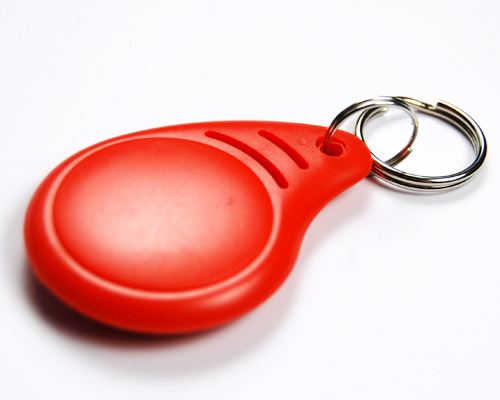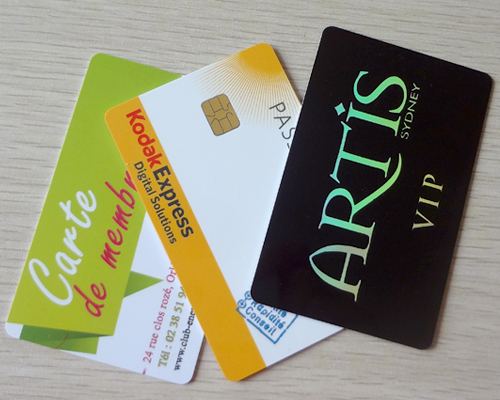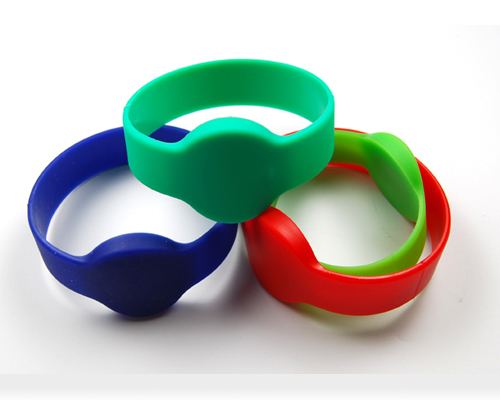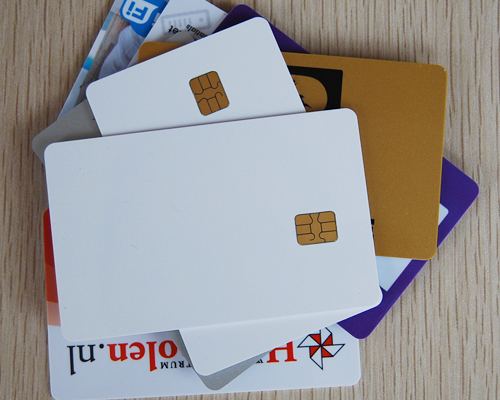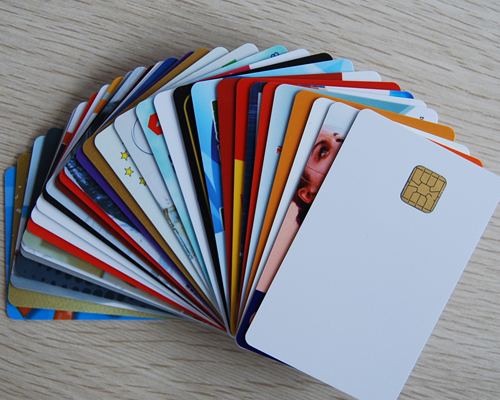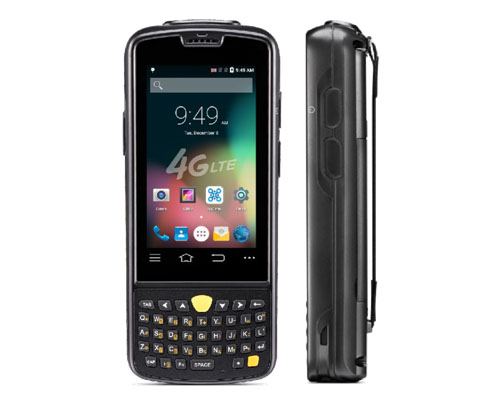RFID is more convenient
http://www.enjoyrfid.com/ 2016-8-16 9:46:59 From:Enjoyrfid Technical Hit:
Right now, RFID tags are primarily used to provide unique identification for items of fashion apparel or medications. In the case of pharmaceuticals, the tags are deployed to provide traceability, to guard against counterfeiting, and for brand protection, says Michael Liard, vice president at VDC Research. In the case of apparel, the tags are mostly used for inventory control and store visibility.
Historically, the big impediment to wider adoption of RFID technology has been price — and that’s still the case today. According to the Automatic Identification and Data Capture team at the research firm Frost & Sullivan, so-called passive tags (which rely on an outside source for power) cost between $0.40 and $20 apiece, while active RFID tags (which contain a battery as a power source) go for between $10 and $50.
On the contrary, it costs just a fraction of a cent to print a 2D barcode on a packaged product. Furthermore, a 2D matrix code allows users to pack a great deal of information into a small space. Because a 2D symbol encodes data on both the X and Y axes, it can store more product data than a conventional linear bar code and, for that matter, most RFID tags can. Among other information, a 2D symbol can encode a product lot number, date of manufacture, expiration date, manufacturer location, and distribution channel.
Although RFID was originally touted as a high-tech way to monitor supply chain movements, most companies using the technology for item-level tagging do so for reasons other than channel visibility. The primary reason companies opt for RFID-based item-level tagging remains asset management and surveillance. For instance, in a retail store, an RFID tag can trigger an alarm if a shoplifter attempts to walk out the door with the merchandise.
“If you can get a line of sight, then the default goes to a 2D barcode because ink on paper is pretty inexpensive,” says Rick Bushnell, president of the consulting firm Quad II. Other experts don’t see the two technologies as an either-or proposition. They believe there’s room for both, depending on the intended use. “While 2D barcodes may be a barrier for RFID in some applications, we expect both 2D barcodes and RFID to coexist for the most part,” said Frost & Sullivan.
Historically, the big impediment to wider adoption of RFID technology has been price — and that’s still the case today. According to the Automatic Identification and Data Capture team at the research firm Frost & Sullivan, so-called passive tags (which rely on an outside source for power) cost between $0.40 and $20 apiece, while active RFID tags (which contain a battery as a power source) go for between $10 and $50.
On the contrary, it costs just a fraction of a cent to print a 2D barcode on a packaged product. Furthermore, a 2D matrix code allows users to pack a great deal of information into a small space. Because a 2D symbol encodes data on both the X and Y axes, it can store more product data than a conventional linear bar code and, for that matter, most RFID tags can. Among other information, a 2D symbol can encode a product lot number, date of manufacture, expiration date, manufacturer location, and distribution channel.
Although RFID was originally touted as a high-tech way to monitor supply chain movements, most companies using the technology for item-level tagging do so for reasons other than channel visibility. The primary reason companies opt for RFID-based item-level tagging remains asset management and surveillance. For instance, in a retail store, an RFID tag can trigger an alarm if a shoplifter attempts to walk out the door with the merchandise.
“If you can get a line of sight, then the default goes to a 2D barcode because ink on paper is pretty inexpensive,” says Rick Bushnell, president of the consulting firm Quad II. Other experts don’t see the two technologies as an either-or proposition. They believe there’s room for both, depending on the intended use. “While 2D barcodes may be a barrier for RFID in some applications, we expect both 2D barcodes and RFID to coexist for the most part,” said Frost & Sullivan.
post comment(0)

